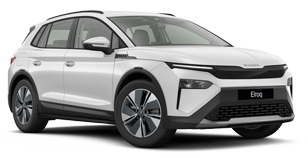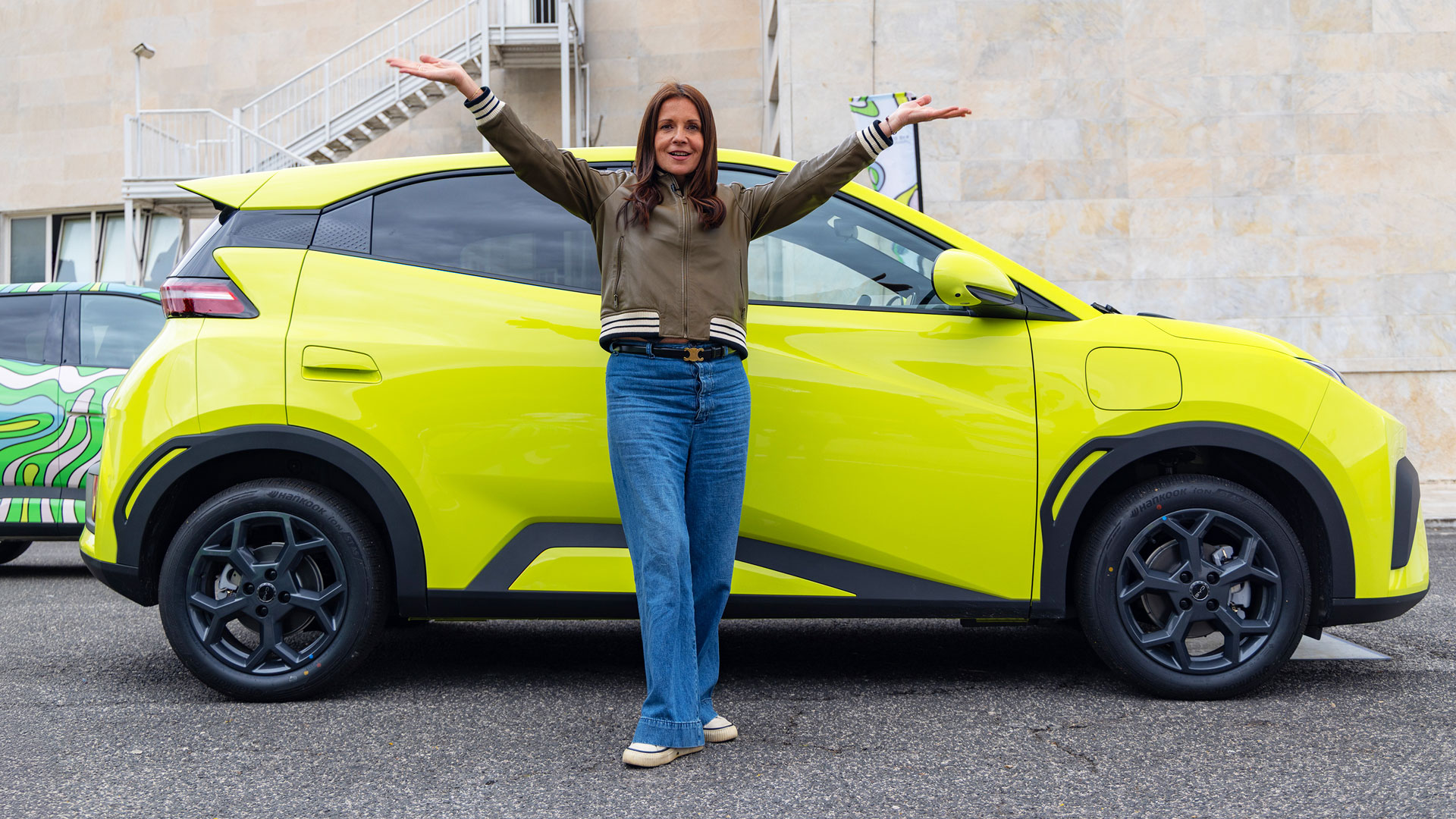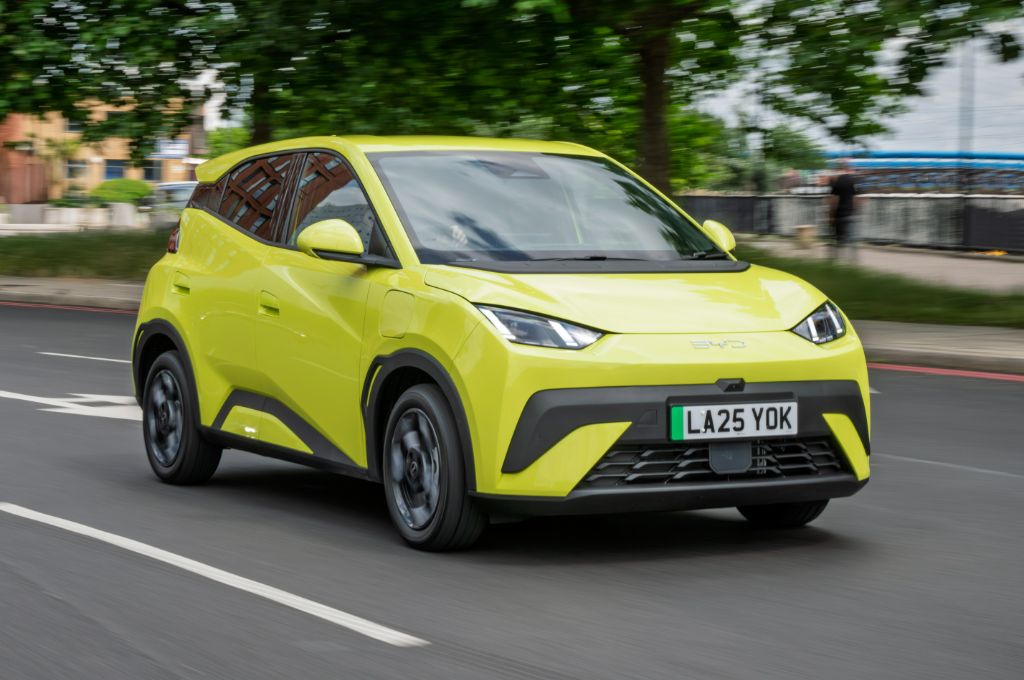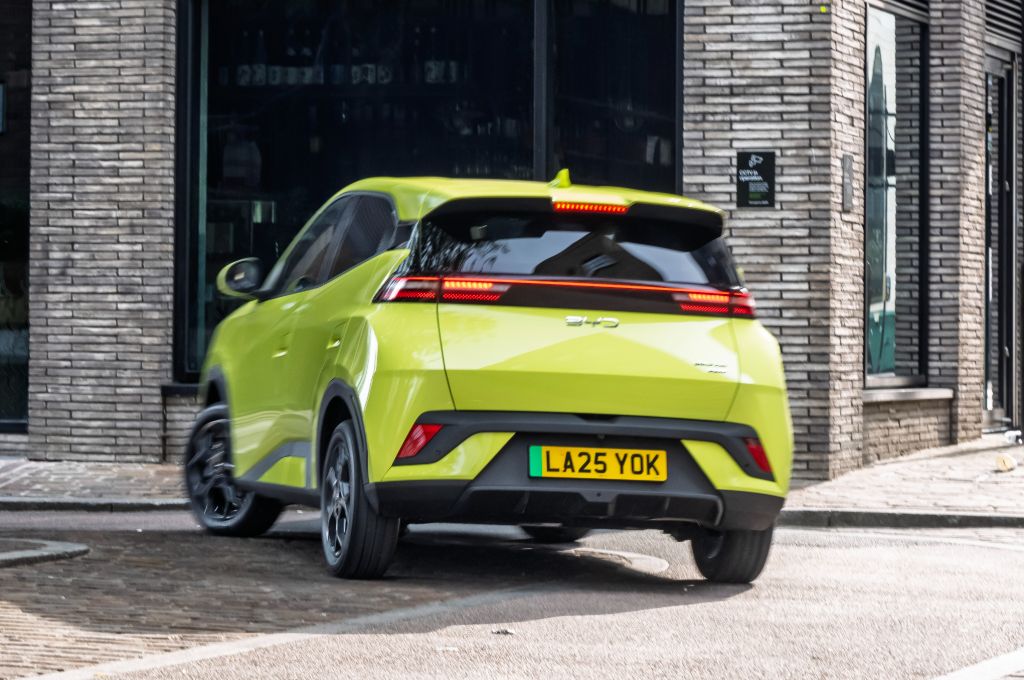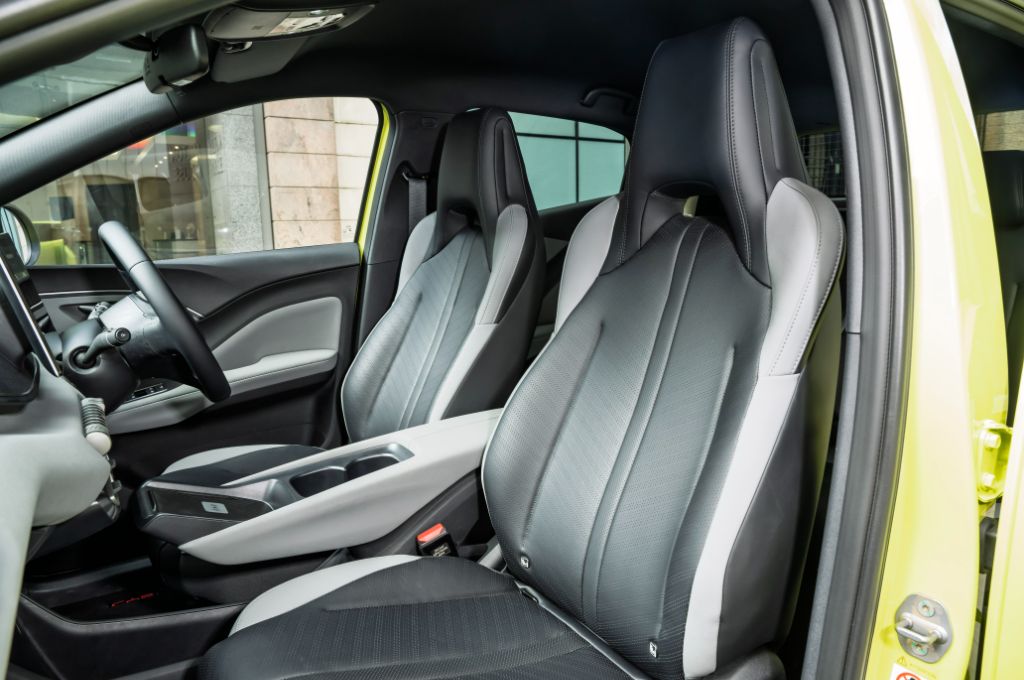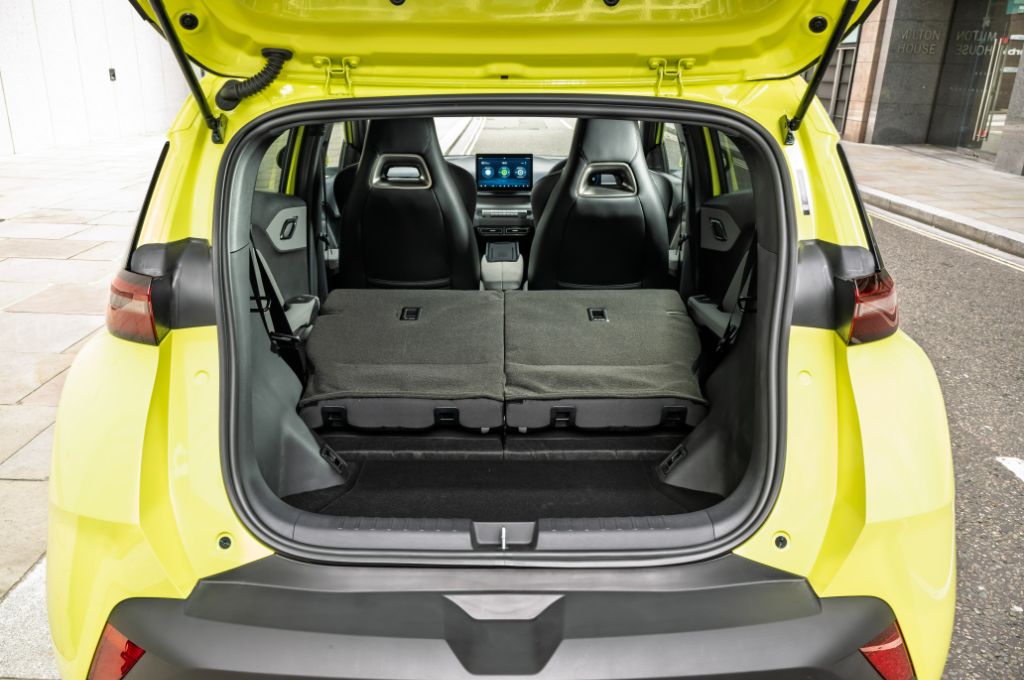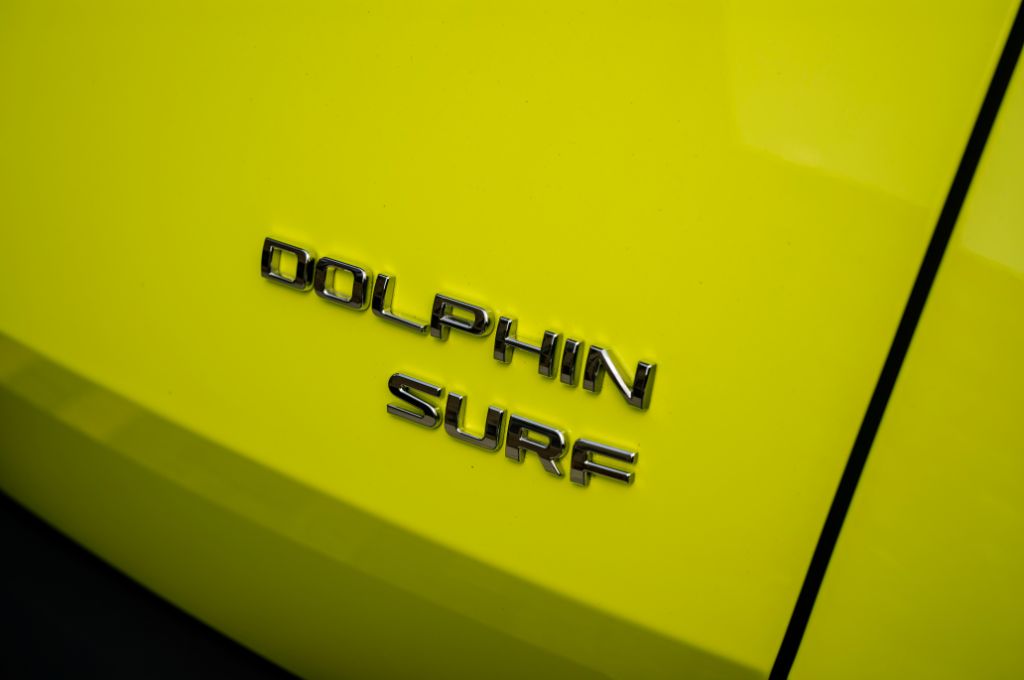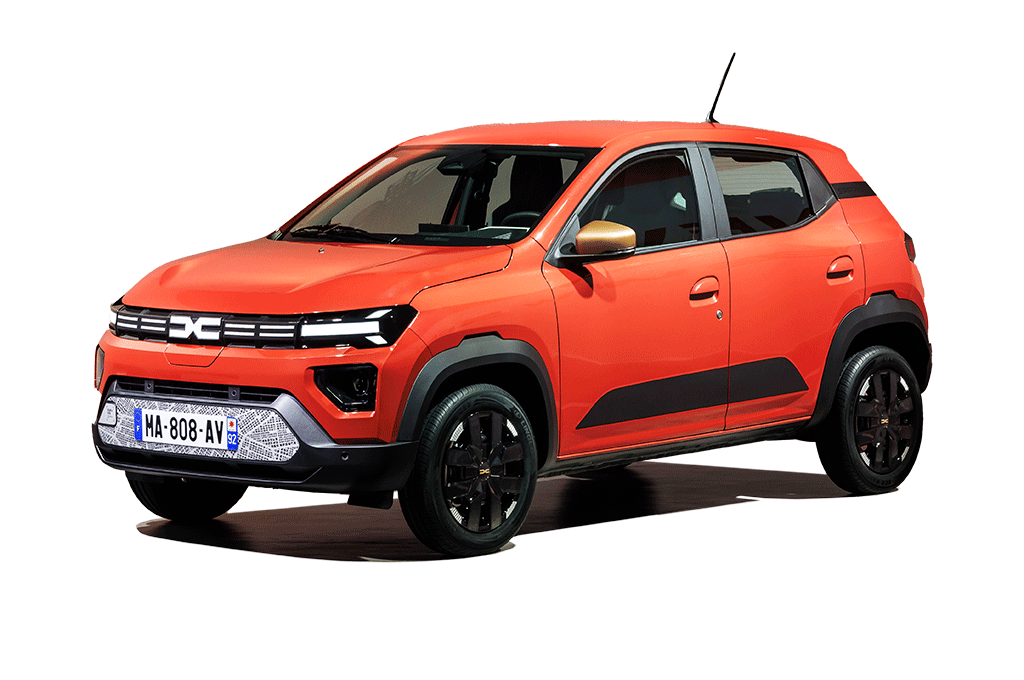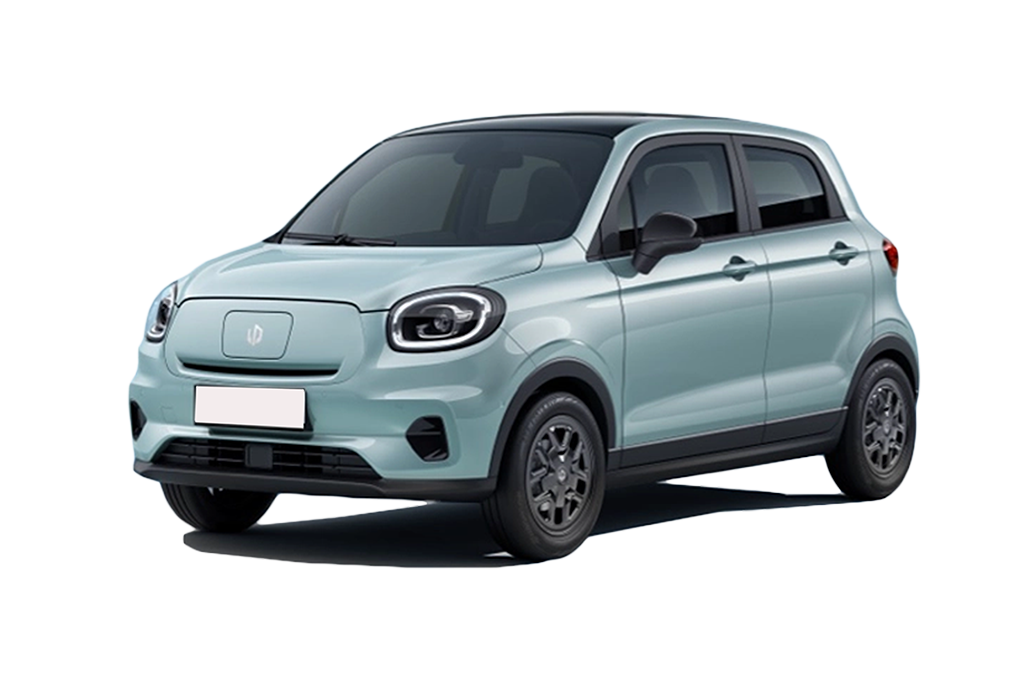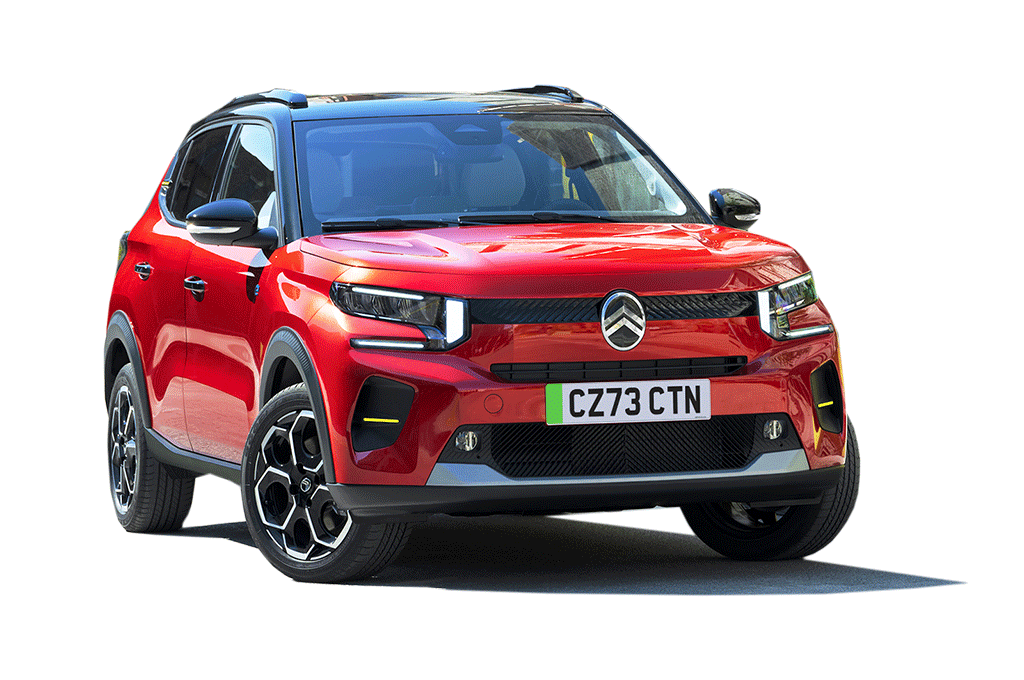Introduction
Although it’s based on the same e-Platform 3.0 underpinnings as the regular Dolphin, and shares some components, the Dolphin Surf is a completely different model. In its native China, it wears the Seagull badge and is a best seller. In fact, it's already sold 930,000 globally - and 170,000 of those were just in the first quarter of 2025. Make no mistake, BYD is selling a lot of cars, and the Dolphin Surf is one of its most popular.
Still, BYD’s European management clearly thought that naming a car after a marauding, chip-stealing avian wasn’t the best plan so we get a different ocean themed name instead, to go along with the Dolphin, Sealion 7 and Seal.
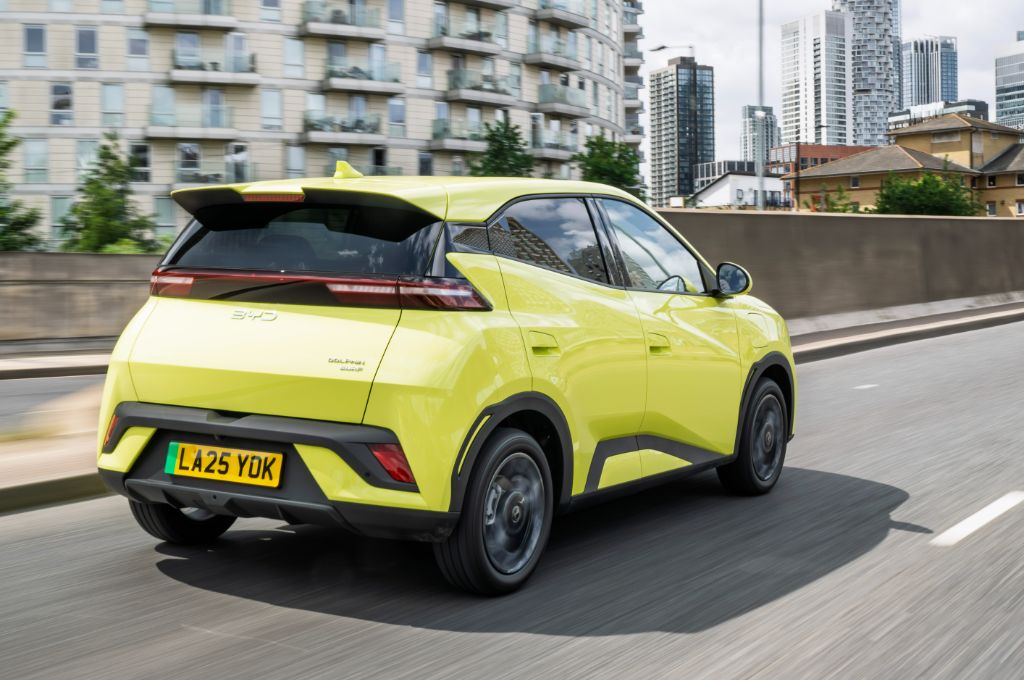
At just under 4.0-metres long and 1.6 metres tall, the Surf has been designed to be compact enough to squeeze through tight city streets and slot into awkward parking bays. But don’t be fooled by the dinky footprint. Thanks to its EV-only platform, there’s cabin and boot space to rival cars a class up which we think makes it a competitor for models like the entry level Renault 5, Nissan Micra and Hyundai Inster - it's substantially bigger and more spacious than the Dacia Spring and Leapmotor T03.
Want an affordable electric car? Check out the great used EVs for sale on Electrifying.com
Designed to make waves in the increasingly busy sub-£20k electric supermini category, it’s has the potential to be BYD’s most important new model to date.
The Surf is 30cm shorter than the BYD Dolphin but around 20cm longer than a Dacia Spring. From the side, the Dolphin Surf has a clean silhouette with a slightly squat stance. Chunky wheelarches house 15- or 16-inch alloys (depending on trim), while the roof appears to float above the body thanks to a neat C-pillar treatment inspired by, you guessed it, ice crystals. In the metal, it looks a fairly narrow, but that initial impression is a little deceptive. At 1.7 metres wide, it’s 10cm wider than a Dacia Spring, and around the same as a Vauxhall Corsa-e, so you’ll still need to be careful through width restrictions.
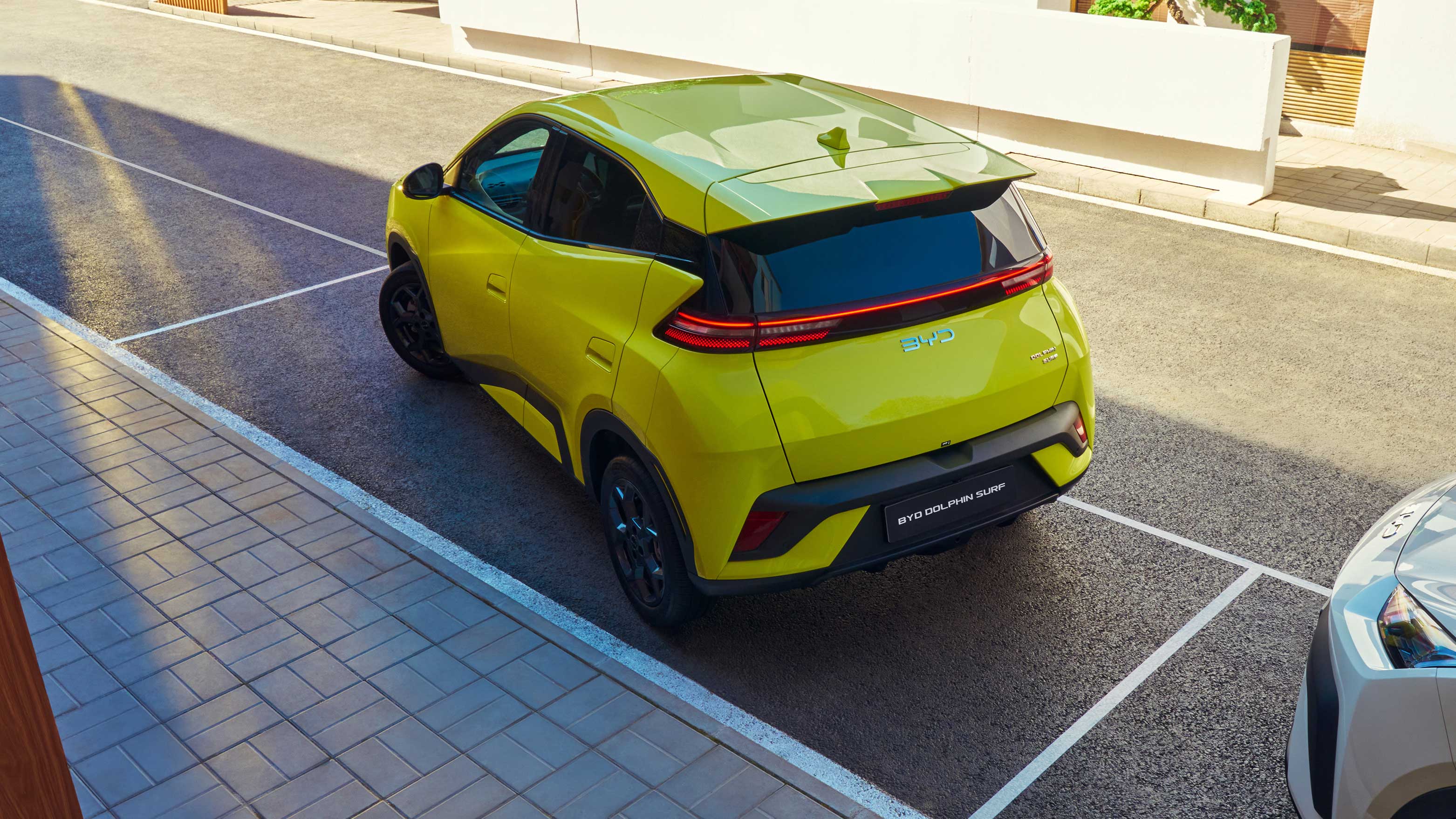
Former Lamborghini designer Wolfgang Egger - who also designed the Audi R8 - led the Seagull’s design, and I think you an spot some Lambo inspired design cues on those sharp LED headlights and short front overhang. Angular daytime running lights give it a distinctive face, with creased bumpers adding a bit of drama. Around the back, there’s a wide LED light bar and an integrated roof spoiler to help smooth airflow and boost aero efficiency.
Range, battery and charging
Under the Dolphin Surf sits BYD’s now-familiar Blade Battery, using lithium iron phosphate (LFP) chemistry to boost safety and durability. You get a choice of two sizes: a 30kWh pack in the Active model, and a larger 43.2kWh version in the Boost and Comfort trims. That's good for a WLTP range figure of 137 miles for the smaller battery, and 200 for the larger pack, with the top of the range Comfort trim dropping down slightly to 189 miles thanks to its more powerful motor.
Kerb weight is 1,390kg for the heaviest Comfort model, which is on a par with class rivals, but a good deal weightier than the Dacia Spring, which comes in at under a tonne.
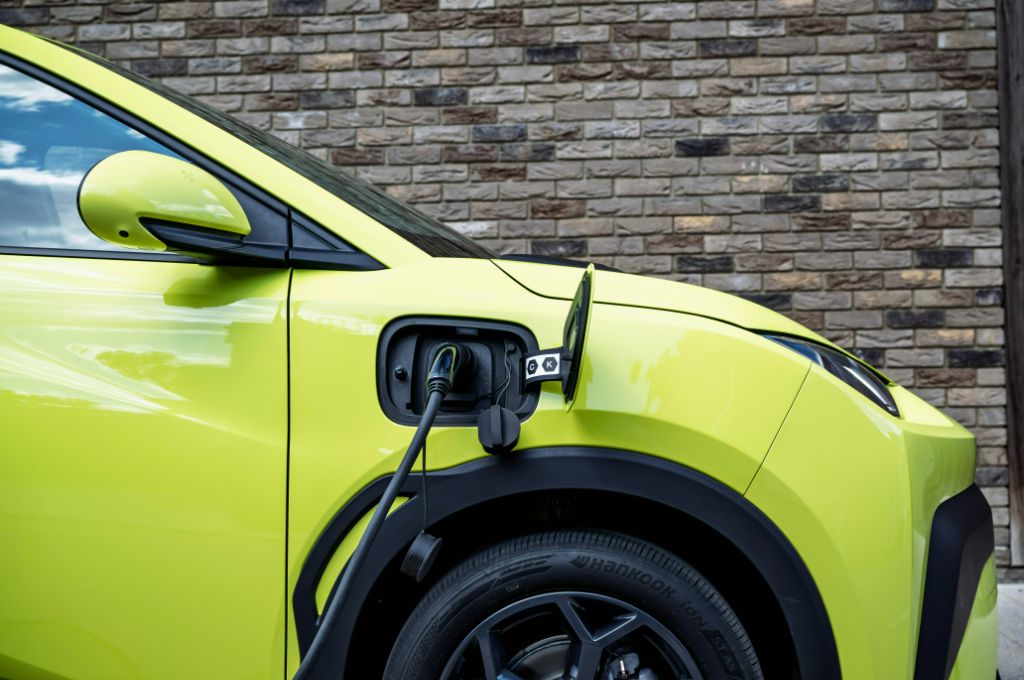
DC charging speeds max out at 65kW (Active) or 85kW (Boost/Comfort), which is slower than you’ll find in comparable cars such as the Peugeot E-208 and Vauxhall Corsa-e. However, a 10-80% charge should take no more than 30 minutes at a rapid charger.
AC charging peaks at 11kW across the range, or a 7kW home charger will take around five- to eight hours for a full charge depending on which battery you're topping up.
There’s Vehicle-to-Load (V2L) capability too, so you can run gadgets, a coffee machine or even a portable speaker directly from the car’s battery while you’re out and about.
It is a bit annoying that the charging socket is on the front wing of the car, just behind the driver's-side front wheel, which can mean that you have to drive nose-first into charging bays,
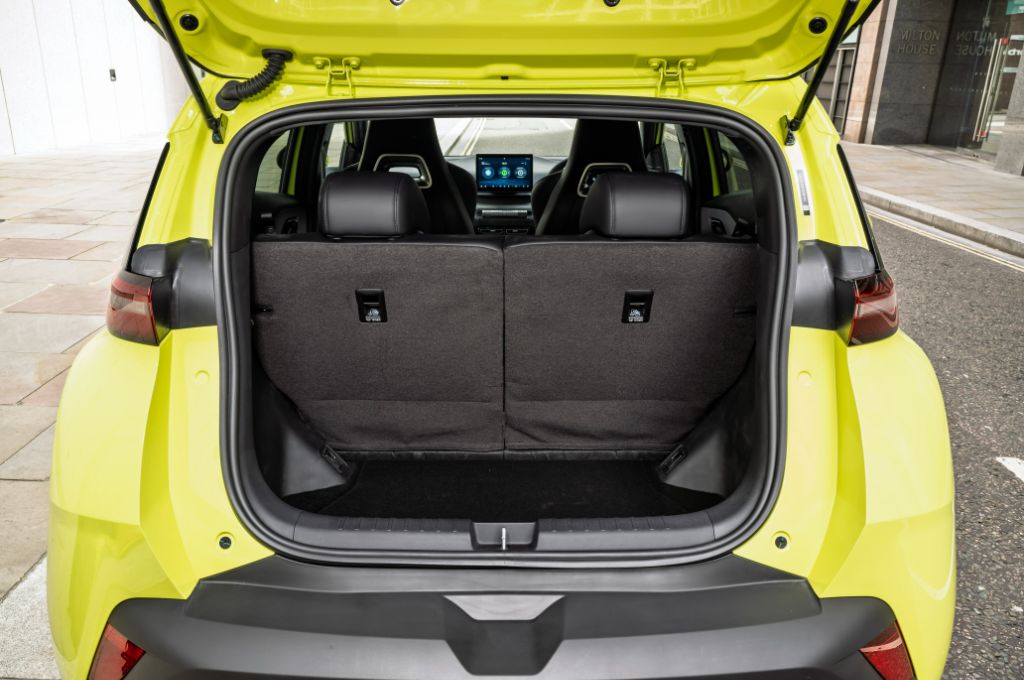
Practicality and boot space
Boot space is on par with all the Surf’s supermini sector rivals. With 308-litres on offer, it has an identical capacity to the Dacia Spring and is just three litres shy of the Peugeot e-208’s total. Folding the rear seats unlocks just over 1,000 litres of usable space. You’ll also find 20 handy storage compartments scattered around the cabin, including a cable-sized cubby beneath the boot floor, which is a good touch.
Interior, design and technology
The cabin is a pleasant surprise. Thanks to a generous 2,500mm wheelbase, there’s room for four adults without anyone needing to draw straws. The layout is simple but thoughtful: a low-set dashboard with brushed metal accents, a floating 10.1-inch touchscreen (that rotates - this is a BYD after all), and proper physical buttons for the essentials.
Higher trims add wireless phone charging and even ambient lighting. All versions get Apple CarPlay and Android Auto as standard, plus BYD’s own voice assistant. Just say “Hi BYD” and it’ll adjust the temperature or set the sat nav.
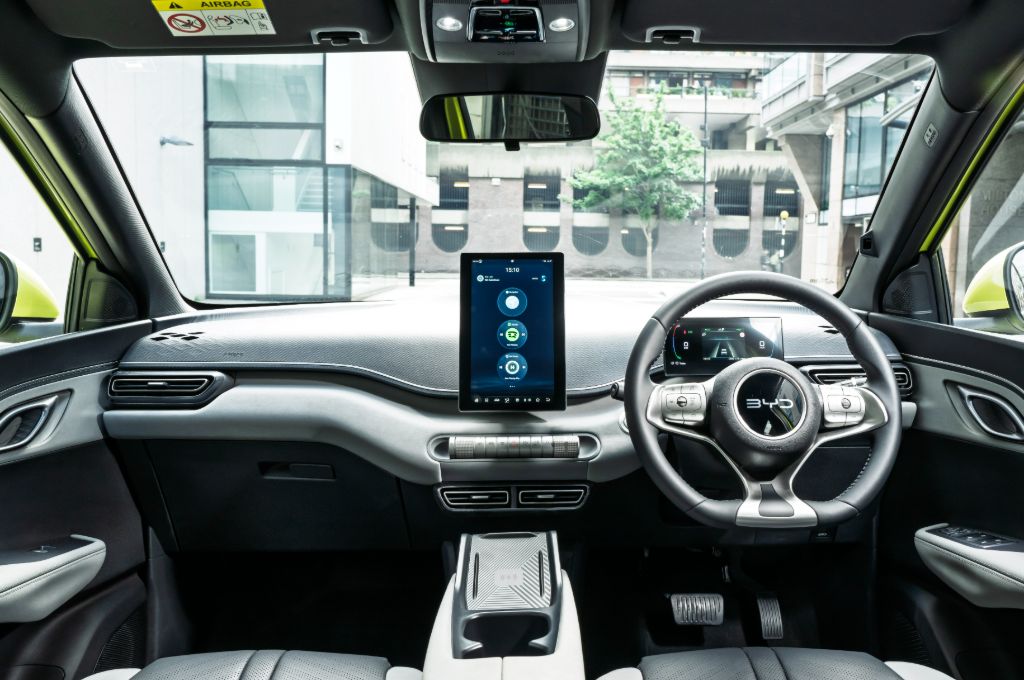
The seats themselves are comfortable enough for long stints and supportive through corners. Three ISOFIX points make the Dolphin Surf properly family-friendly too – two in the back and one in the front passenger seat. You have to go for the top-spec Comfort model to get heated seats, though, which is really frustrating.
All models come with a decent level of driver assistance as standard. That includes lane keeping, adaptive cruise control, automatic emergency braking and intelligent high-beam assist. The structure uses 68% high-strength steel, and the Blade Battery has passed BYD’s infamous nail penetration test—something not every EV can claim.
If you’re after full 360-degree cameras, rain-sensing wipers, LED headlights - and those heated seats - the top-spec Comfort is the one to go for. But even the entry-level car doesn’t feel stripped out.
Motors, performance and handling
The Dolphin Surf’s line-up is refreshingly simple. The entry-level Active gets an 87bhp motor, which is good for 0–62mph in a leisurely 11.1 seconds. The Boost version pairs that same motor with the bigger battery, while the Comfort adds a bit more poke, 154bhp to be exact, and shaves a couple of seconds off the 0–62mph sprint.
Is it quick? Not really. But it’s nippy enough for city traffic, and that instant EV torque makes it feel lively at low speeds. Think sprightly, not sporty. Of the three, I reckon the mid-range Boost hits the sweet spot. It doesn't need the extra shove you get from the most powerful motor in its class, and it strikes a good balance between nippiness and driving range.
You get three driving modes: Comfort, Sport, and Eco. There's not a huge difference in feel between the first two, and Eco deadens the throttle response - as you might expect - in the name of conserving range. Where I think BYD has missed a trick is with the brake regeneration, which is mild to say the least. BYD as a brand doesn't offer true one-pedal driving, but even with that in mind, I’d like it to be more assertive. The footbrake also feels slightly spongy on first press and seems to take a second to spring into life.
Ride comfort is generally decent, but it isn’t quite refined enough to soak up the worst lumps and bumps in the road. Around London's patchwork roads it did a fair job of soaking up the worst of the scars in the roads; you are very aware of what's going on with the road surface but the Surf doesn't get jarring or uncomfortable, so it's not bad for a small car.
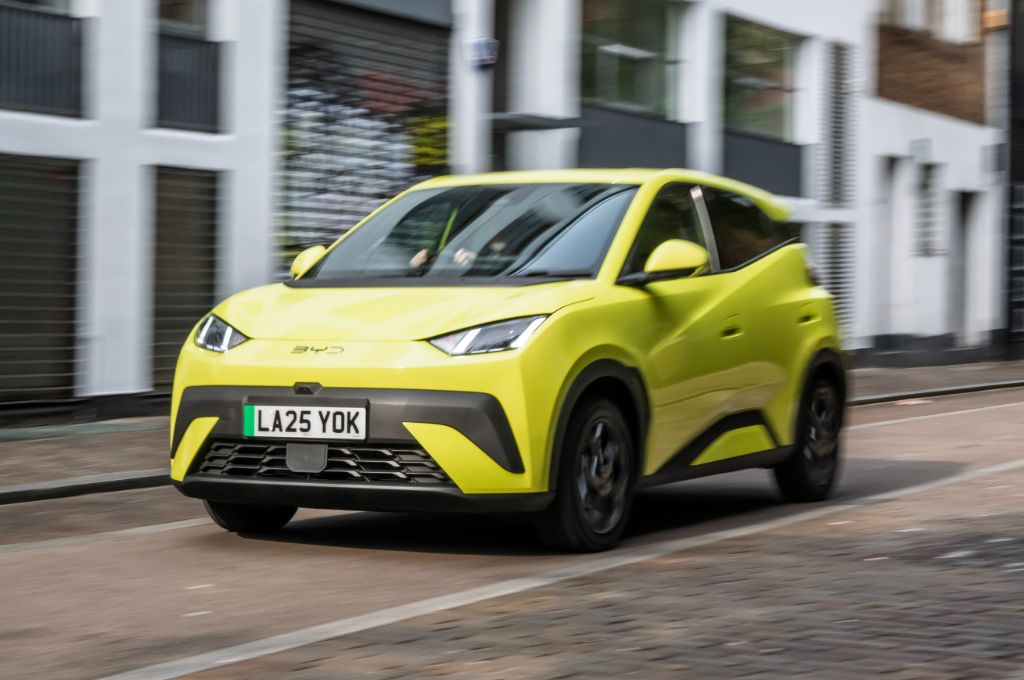
Running costs and pricing
Prices start from under £19,000 for the 30kWh Active model, or the 43.2kWh Boost comes in at around £22,000, while top-spec Comfort costs £23,950. More importantly, monthly PCP finance prices cost between £269- and £309 depending on which model you go for, and BYD will only ask you for one month's payment as a deposit, making the BYD Dolphin Surf one of the most affordable electric cars on sale for retail buyers.
We were seeing 4.4 miles/kWh average efficiency in our big battery Dolphin Surf Comfort test car, but we did spend most of our time in slow urban driving and warm weather, so you'll see that figure drop in winter or faster driving. For now, we'd estimate that you'll see around 130 - to 180 miles of real-world range from the 43kWh Surf. We'll refrain from guessing the real-world range on the smaller battery model until we've had a drive in it, but suffice to say that it won't be the right car for you if you often do long journeys. It could be a great shout if you spend your time doing short-distance local trips, though.
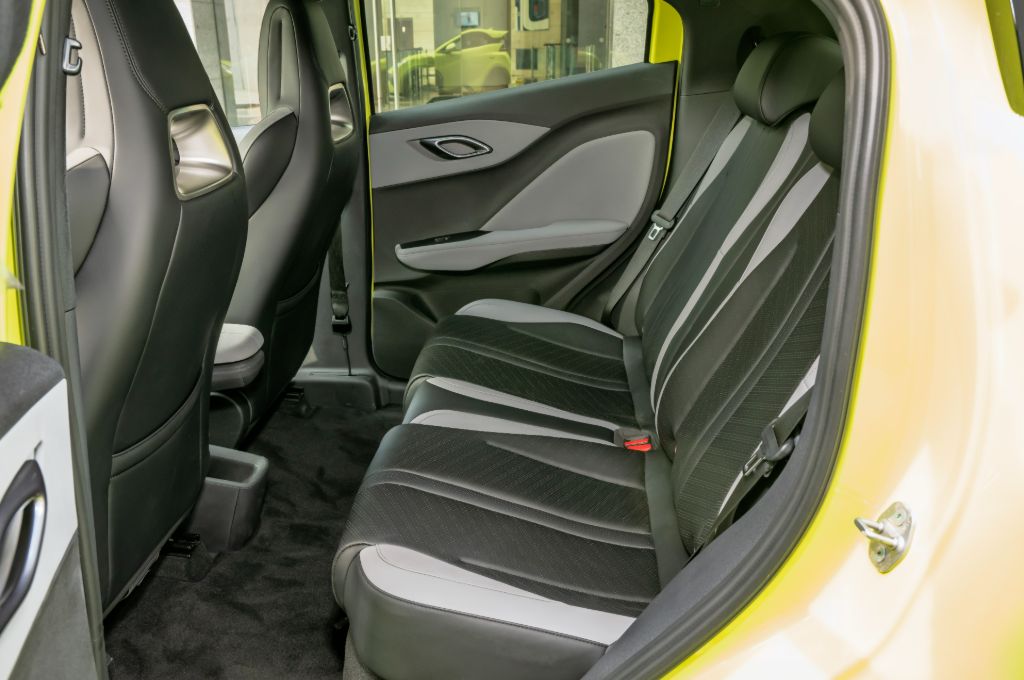
Verdict
The BYD Dolphin Surf might just hit the sweet spot for buyers who want a usable electric car without breaking the bank. It’s got enough space to be practical, enough tech to feel modern, and just enough character to stand out. More importantly, it comes at a price point that proves that going electric doesn’t need to mean making compromises. Would you buy it over something like the e-C3 or Renault 5? Hmm. That's tricky. We'd still be keen to try and find the extra for the Citroen, Renault or even the Hyundai Inster on one of the finance deals that we know are out there... They do feel more grown-up and confident on the road. Having said that, the Dolphin Surf is a neat little urban car and is brilliant value, so it'll be the perfect option for a lot of buyers.
Like the Dolphin Surf? Try these...
Want all the latest electric car news, reviews and videos? Sign up to the Electrifying newsletter, and don't forget to check out the Electrifying podcast.





